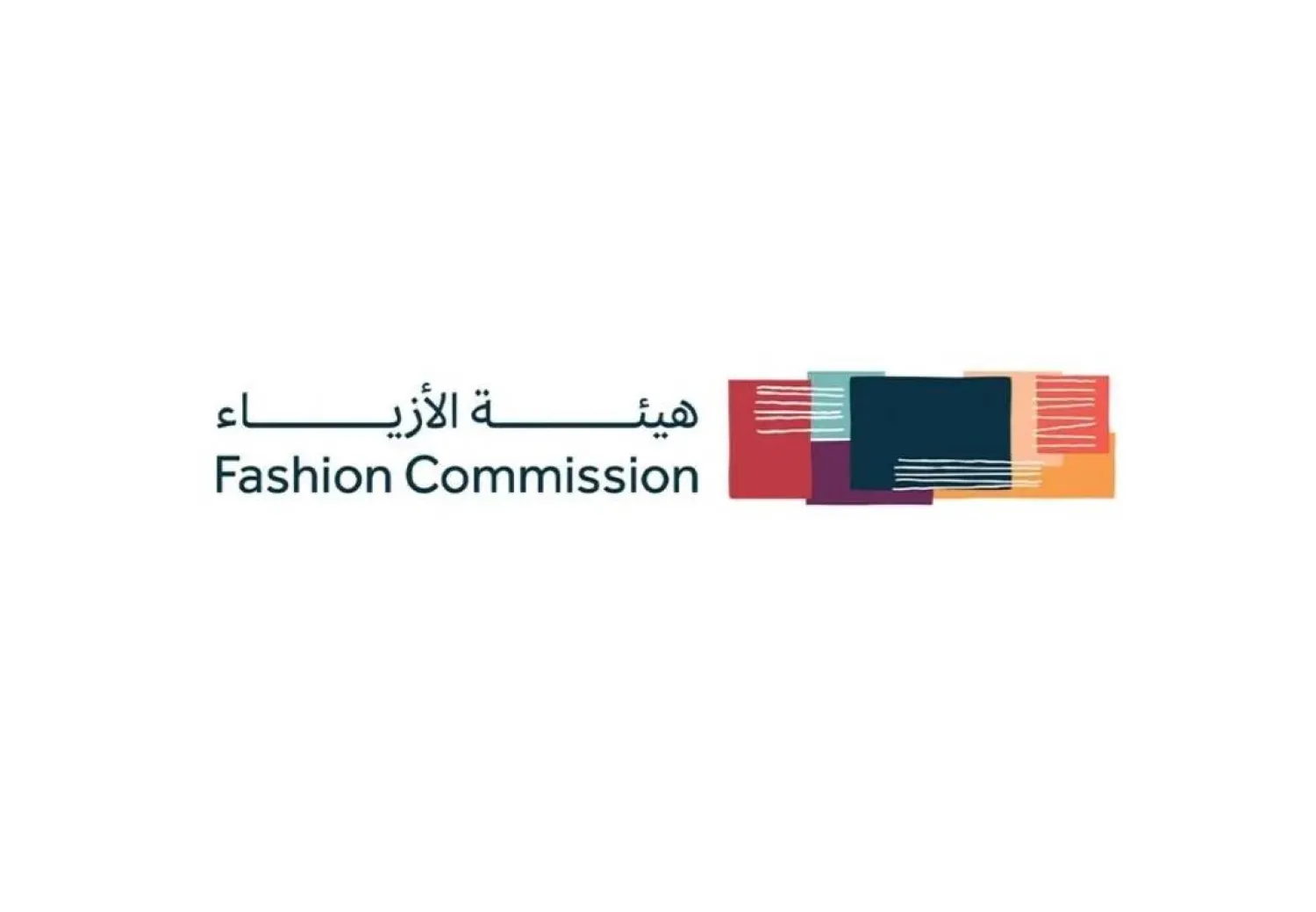LVMH's second-largest fashion brand Dior was until last month behind on disclosures required by UK law about working conditions in its supply chain, and made outdated statements on its website of a third-party certification that it terminated more than a year ago, Reuters has found.
In Britain, the Modern Slavery Act of 2015 requires companies with UK turnover of 36 million pounds ($46 million) or above to publish annual statements on their websites detailing the steps they are taking to combat forced labor in their business and supply chains globally.
Until July 19, Dior's UK website showed an anti-slavery statement from 2020 and a sustainability certification that was no longer valid, a Reuters review of company filings showed.
Dior, part of $345-billion conglomerate LVMH that is getting a global marketing boost as major sponsor to the Paris Olympics, has come under the spotlight after Italy's competition authority on July 17 said it was probing whether it and Italian label Armani had misled consumers over their commitment to craftsmanship and social responsibility following a judicial investigation that exposed potential sweatshop-like conditions at some Italian contractors.
The investigation prompted Europe's top asset manager Amundi and other investors to ask LVMH to take more aggressive steps to monitor its suppliers' treatment of workers, these investors have told Reuters.
Dior has condemned the illegal practices uncovered at some suppliers, said it had stopped working with them and that it was cooperating with authorities. Armani has expressed confidence in a "positive result following the investigation."
Dior published a 2023 modern slavery statement after Reuters enquired on July 18 about its compliance with the UK regulation. The new document says it was approved by subsidiary Christian Dior UK's board on July 18.
In its updated modern slavery statement, which is longer and more detailed than its 2020 one, the French brand said Christian Dior UK plans a training course to raise employees' awareness of modern slavery and to encourage them to take action if they suspect wrongdoing.
"We have been preparing an up to date modern slavery statement, which...has now been published on our website," Dior said in a written statement on July 19 in reply to Reuters' inquiries about the anti-slavery disclosure.
As of Aug. 5, Dior also had not published statements for 2021 and 2022. The company did not directly address Reuters questions about its missing statements.
Although publishing the statements is mandatory by law, no company has been penalized for not complying, according to Sara Thornton, professor of modern slavery policy at the University of Nottingham's Rights Lab. Some lawmakers and rights groups are pushing for penalties to be introduced.
In 2020, Britain's Home Office estimated that 83% of eligible organizations complied with the Modern Slavery Act.
LVMH on July 19 said in an email to Reuters that its UK-based Dior subsidiary applies "group wide procedures concerning respect for human rights and addressing modern slavery risk in our business and supply chains."
Another subsidiary, Parfums Christian Dior UK, has published British modern slavery statements for 2021, 2022 and 2023.
LVMH Chief Financial Officer Jean-Jacques Guiony said in a call with analysts on July 23 the conglomerate was unaware of the alleged worker exploitation at the Dior suppliers in Italy, adding LVMH "accepted full responsibility for what happened."
Guiony said LVMH would "intensify" controls over its supply chain, adding that it planned to strengthen audits and controls of its subcontractors.
'A CERTIFIED APPROACH'
Until July 19, the sustainability page of Dior's website also featured the Butterfly Mark, a certification by luxury-focused sustainability audit firm Positive Luxury, which assesses companies on 23 environmental, social and governance issues.
Above the Butterfly Mark logo, a statement titled "A Certified Approach" said Christian Dior Couture obtained the certification in 2021 "following a rigorous audit", adding that it "attests to the authenticity of its sustainability strategy".
In June 2023 Dior, which was due to start its reassessment process, decided not to do so, CEO Amy Nelson-Bennett told Reuters on July 17. "Their Butterfly Mark certification and community membership was therefore terminated," she said.
Brands are required to remove the certification mark within 90 days after deciding not to be reassessed, Nelson-Bennett said. Dior removed the certification mark and accompanying statement in July 2024.
Approached by Reuters, Dior and LVMH did not respond to a request to comment on the certification and the logo on the website.
Positive Luxury currently certifies, or is reviewing, roughly 170 brands, including LVMH-owned Belvedere Vodka. Its audit asks companies and brands to answer hundreds of questions on environmental, social and governance issues, including how much oversight a brand has on suppliers.
Positive Luxury reassesses all the brands that it certifies every two years, adjusting its audit to keep up with new regulations, Nelson-Bennett said.
Companies are gearing up for new European Union supply chain rules that require tighter audits of suppliers to mitigate human rights and environmental risks.
Report: LVMH's Dior Lagged on Supply Chain Disclosure

FILE PHOTO: A logo of fashion house Dior is seen outside a shop in Paris, France, April 15, 2024. REUTERS/Manon Cruz/File Photo

Report: LVMH's Dior Lagged on Supply Chain Disclosure

FILE PHOTO: A logo of fashion house Dior is seen outside a shop in Paris, France, April 15, 2024. REUTERS/Manon Cruz/File Photo
لم تشترك بعد
انشئ حساباً خاصاً بك لتحصل على أخبار مخصصة لك ولتتمتع بخاصية حفظ المقالات وتتلقى نشراتنا البريدية المتنوعة







